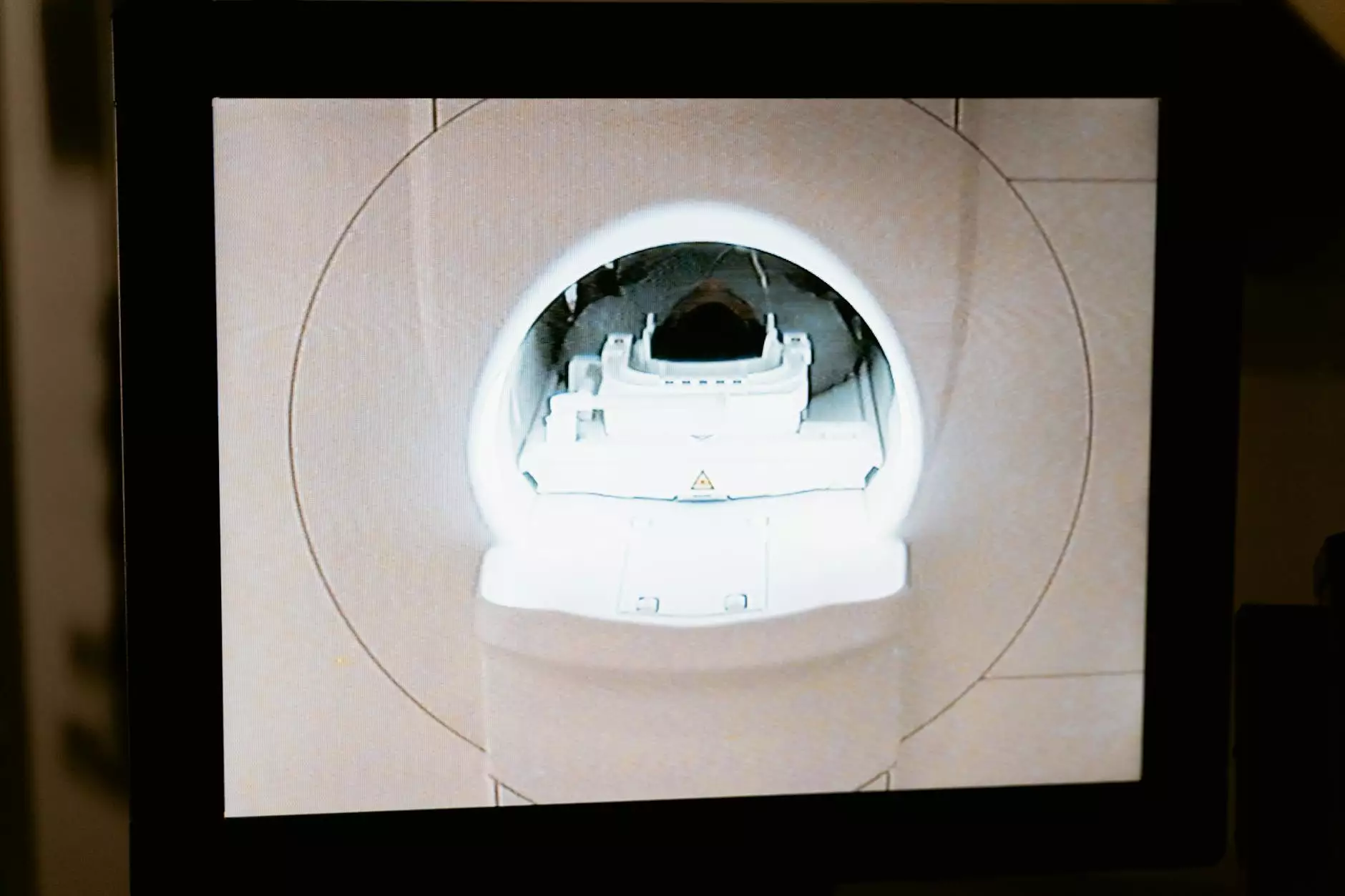The Essential Guide to Architectural Model Building Tools

In the realm of architecture, the ability to transform innovative ideas into tangible representations is a critical skill. This process often involves the use of architectural model building tools, which play a pivotal role in bringing designs to life. Models serve as visual aids, enabling architects to communicate their vision effectively to clients, stakeholders, and collaborators. In this comprehensive guide, we will delve into the various tools available for architectural modeling, their uses, benefits, and tips for effectively utilizing them in your projects.
What Are Architectural Model Building Tools?
Architectural model building tools encompass a wide range of instruments, materials, and equipment designed to assist architects and designers in creating models of their architectural designs. These tools can be categorized into hand tools, power tools, software, and materials that facilitate the modeling process.
1. Hand Tools for Model Building
Hand tools are foundational instruments that allow architects to execute precise cuts, shapes, and finishes. Below are some of the most essential hand tools used in architectural model making:
- Knives and Blades: Precision cutting knives, such as X-Acto knives, are indispensable for intricate detailing.
- Cutting Mats: Self-healing mats protect surfaces and provide a durable work area for cutting.
- Rulers and Straight Edges: Essential for ensuring accurate measurements and straight cuts.
- Scissors: Suitable for cutting softer materials like paper or thin plastics.
- Files and Sandpaper: Useful for smoothing edges and achieving a finished look.
- Clamps: Help secure pieces together while glue dries or while adjustments are made.
2. Power Tools for Advanced Modeling
For more complex models, power tools can significantly enhance efficiency and precision. Here are some common power tools used in architectural model building:
- Table Saw: Ideal for making long, precise cuts in wood and other thick materials.
- Band Saw: Perfect for intricate curves and shapes in wood or thicker materials.
- Laser Cutter: Provides high precision for cutting and engraving, particularly with acrylic and wood.
- Dremel Tool: Versatile tool for sanding, engraving, and polishing with various attachments.
3. Software Tools for Digital Modeling
In today's digital age, software plays a vital role in architectural model building. These programs help architects design, visualize, and simulate their projects before physical modeling. Popular software options include:
- AutoCAD: A standard in the industry for creating precise 2D and 3D designs.
- SketchUp: User-friendly software ideal for 3D modeling, particularly for beginners.
- Revit: Building Information Modeling (BIM) software that integrates details from various disciplines.
- Rhino: Known for its ability to model complex shapes and surfaces.
Choosing the Right Tools for Your Project
When it comes to selecting the appropriate architectural model building tools, several factors should be considered:
- Type of Model: Determine whether you need a conceptual model, presentation model, or a detailed construction model.
- Material Selection: Choose tools that are compatible with the materials you plan to use, whether they be wood, foam, or plastic.
- Skill Level: Evaluate your level of expertise. While power tools can save time, they also require experience to use safely and effectively.
- Budget: Establish a budget, as some tools can be quite expensive, especially advanced power tools and software licenses.
Common Materials Used in Architectural Modeling
The materials you choose to use can greatly influence the effectiveness and realism of your models. Here are some popular materials:
- Foam Board: Lightweight and easy to work with, ideal for creating base shapes.
- Cardboard: Cost-effective and widely available; perfect for prototyping.
- Balsa Wood: A lightweight, soft wood that is easy to cut and shape, ideal for intricate details.
- Plastics: Such as acrylic and styrene, which can be used for clear elements and modern designs.
- Clay: Useful for architectural features needing sculptural detail.
The Importance of Scale in Architectural Models
Understanding scale is crucial in architectural model making. It refers to the ratio of the model's size to the actual building size. Common scales include 1:100, 1:50, and 1:200. Working in scale helps convey the proportions and relations of different spaces and elements within a design.
Benefits of Using Architectural Models
The creation of architectural models offers numerous advantages:
- Enhanced Visualization: Models allow clients and stakeholders to visualize the proposed designs more effectively than 2D drawings.
- Improved Communication: A physical model aids discussions by providing a tangible reference point.
- Design Testing: Models enable architects to explore and test design concepts and ideas early in the design process.
- Problem Identification: Models can help identify design conflicts and issues that may not be visible in drawings alone.
- Marketing Tool: High-quality models can serve as excellent marketing tools when presenting projects to clients and investors.
Best Practices for Building Architectural Models
To create successful architectural models, consider the following best practices:
- Begin with a Clear Plan: Always start with a sketch or blueprint of your envisioned model to guide your process.
- Focus on Detail: Pay attention to scaling details and textures that enhance realism.
- Test Different Materials: Experiment with various materials to discover what works best for your design.
- Maintain Cleanliness: Keep your workspace organized to avoid accidents and maintain focus.
- Seek Feedback: Share your models with peers or mentors for insights and suggestions.
Conclusion
In conclusion, architectural model building tools are essential for architects aspiring to create effective and expressive representations of their designs. From hand tools to software, each tool plays a significant role in the modeling process. Understanding the tools available, choosing the right materials, and adhering to best practices will help you produce models that not only meet but exceed expectations. By leveraging the power of these tools, architects can continue to innovate and inspire through their designs, effectively bridging the gap between imagination and reality.
By mastering the art of architectural modeling and utilizing the right architectural model building tools, you will elevate your architectural practice and ensure your creations resonate with clients and audiences alike. Embrace the journey of model making, and watch as your architectural visions come to life!









